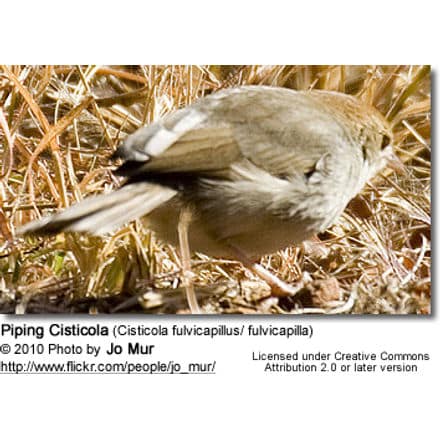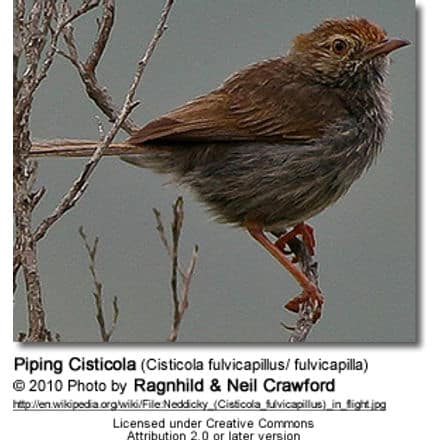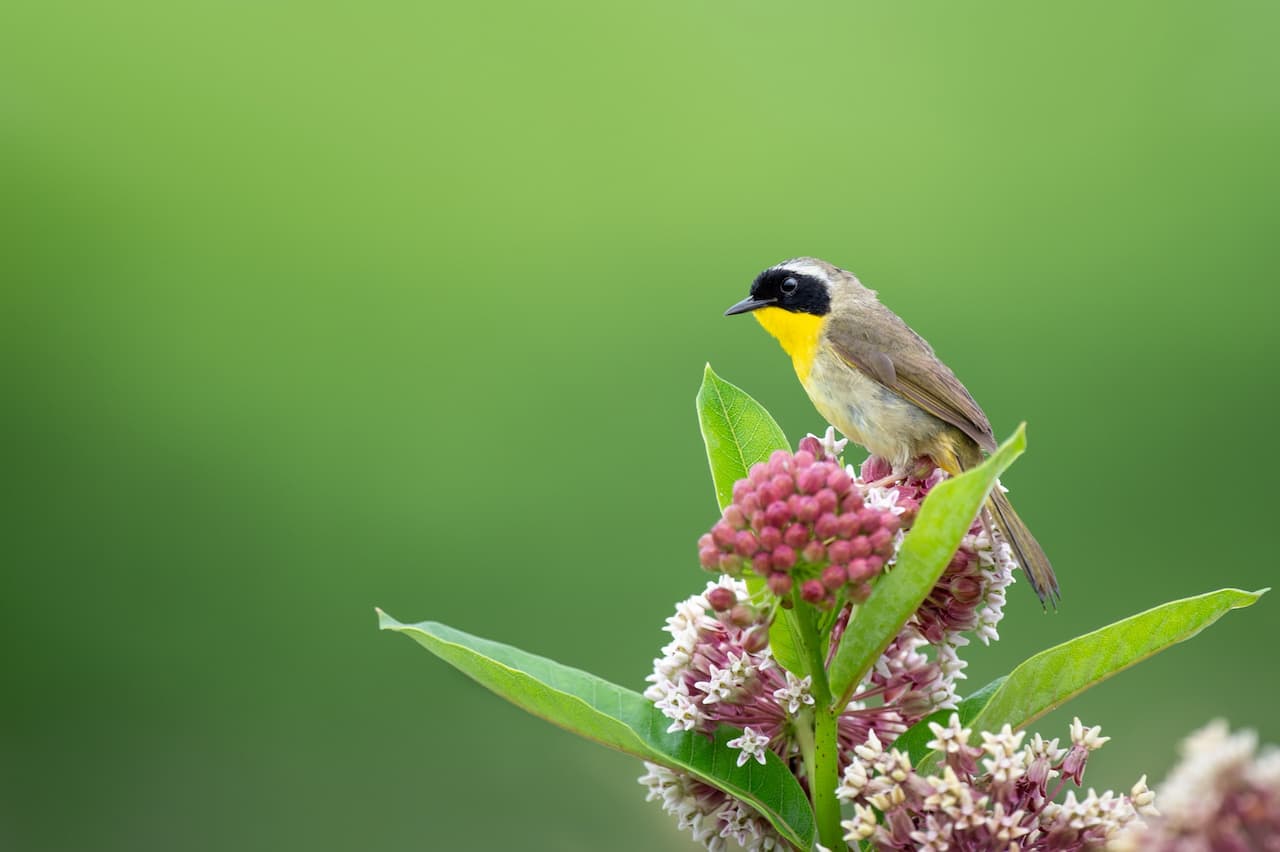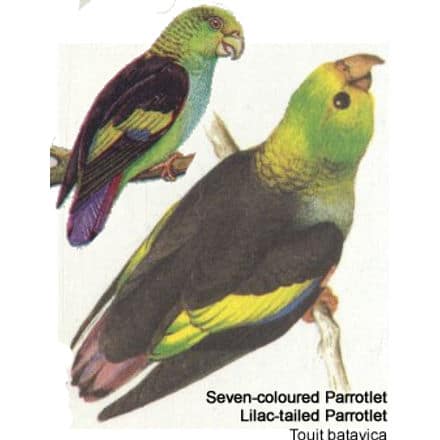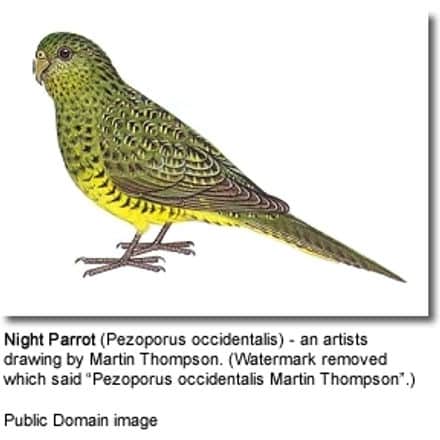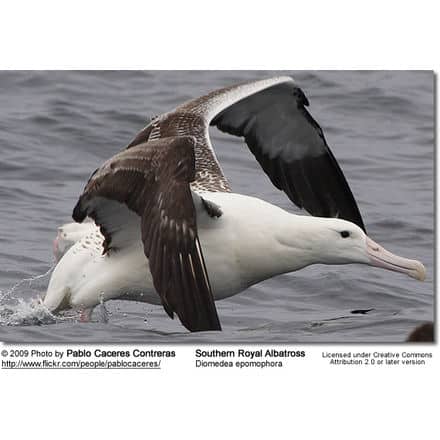Piping Cisticola or Neddicky
Cisticola Information Page … Index of Cisticola Species … Photos of the Different Cisticola Species for Identification
The Piping Cisticolas (Cisticola fulvicapillus or Cisticola fulvicapilla) is a is a small passerine bird. In South Africa it is known as the Neddicky from the Afrikaans name for the species.
Distribution
This Cisticola is a resident breeder in much of Africa from Gabon, the Democratic Republic of Congo, Rwanda and Tanzania south to the Cape.
The Piping Cisticolas is a very common bird of open woodland, including savannah with trees and open plantations of exotic species. It avoids densely wooded habitats.
Description
The Piping Cisticolas is a small, vocal, dull-colored brown bird, 11 cm in length. Its tail is not as short as that of some other cisticola species. This bird has a reddish cap and a plain back. The underparts are buff, darker in tone on the breast. The brown bill is short and straight, and the feet and legs are pinkish-brown. The eye is light brown.
Males and females look alike, but juvenile birds are yellower.
The southern form found in the western Cape Province has grey underparts and a grey-brown back. Although cisticolas can be very similar in plumage, this greyish subspecies is therefore quite distinctive.
Calls / Vocalizations
The call of the Piping Cisticolas is a monotonous, penetrating, repetitive weep weep weep. The alarm call is a loud clicking tictictictic, like a fingernail running across the teeth of a comb.
Behavior
The Piping Cisticolas builds a ball-shaped nest with a side entrance from dry grass, cobwebs and felted plant down. The nest is placed low in a thorny shrub, or in thick grass. In South Africa, this bird breeds mainly from September to March.
The Piping Cisticola It is usually seen in pairs or singly, flitting in a bush or the grass at the base of a tree as it forages for small insects.
Conservation Status
This common species has a large range, with an estimated extent of 4,100,000 km². The population size is believed to be large, and the species is not believed to approach the thresholds for the population decline criterion of the IUCN Red List (i.e. declining more than 30% in ten years or three generations). For these reasons, the species is evaluated as Least Concern.
References
- Ian Sinclair, Phil Hockey and Warwick Tarboton, SASOL Birds of Southern Africa (Struik 2002) ISBN 1-86872-721-1
Copyright: Wikipedia. This article is licensed under the GNU Free Documentation License. It uses material from Wikipedia.org … Additional information and photos added by Avianweb.
Please Note: The articles or images on this page are the sole property of the authors or photographers. Please contact them directly with respect to any copyright or licensing questions. Thank you.

